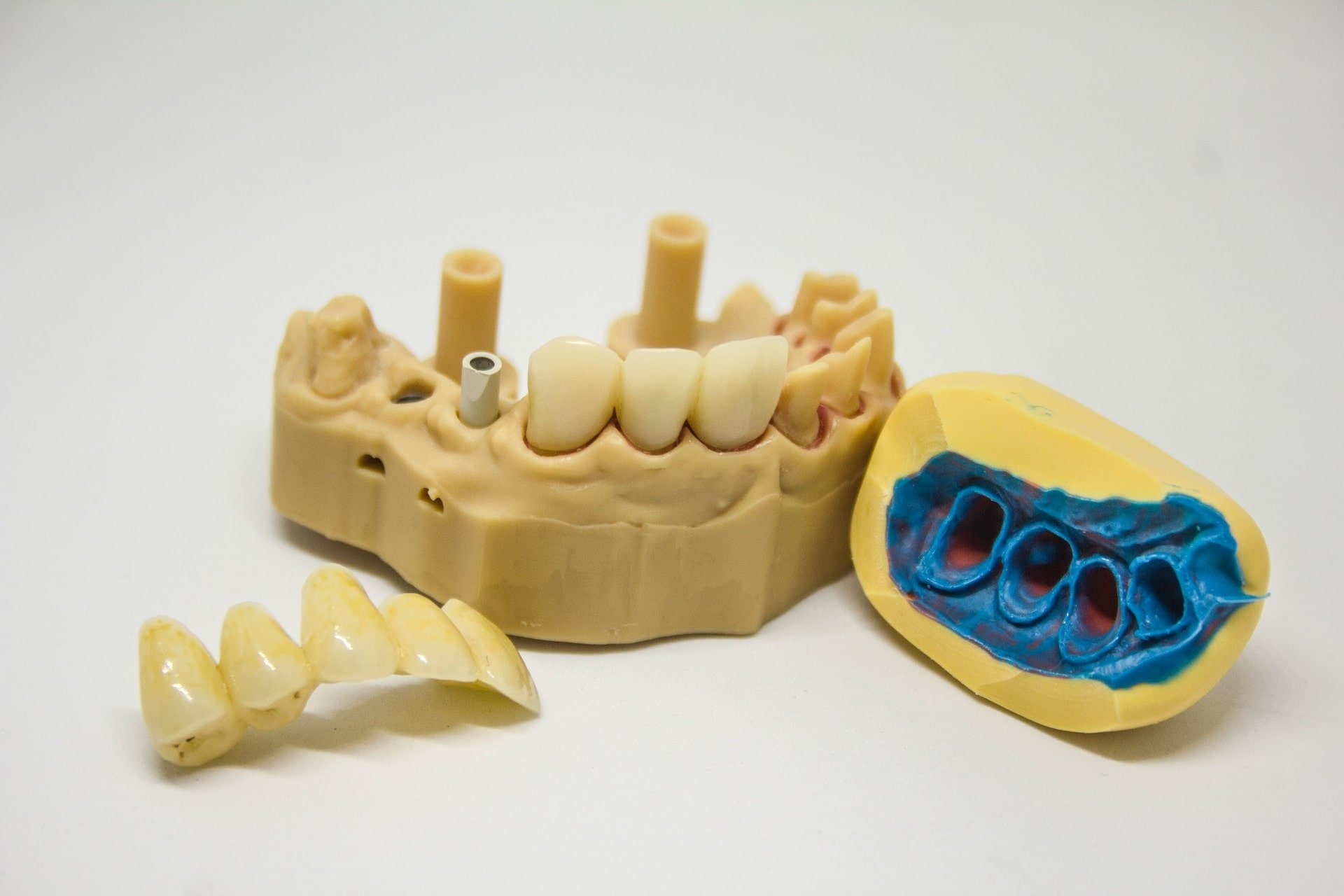How Smoking Affects Your Teeth & Gums
Smoking is a well-known risk factor for many health problems, including cancer, heart disease, and respiratory disease. However, many people are unaware of the negative impact smoking can have on dental health. In this article, we will explore the scientific evidence behind how smoking affects dental health.
How Smoking Causes Dental Problems
Smoking has a range of negative effects on dental health. One of the most significant is its impact on gum health. Smoking is a leading cause of periodontal disease, a condition that affects the tissues that surround and support the teeth. Periodontal disease is caused by bacterial infections that attack the gum tissue, leading to inflammation and damage. Smoking increases the risk of periodontal disease by impairing the immune system, reducing blood flow to the gums, and altering the bacterial composition of the mouth.
Smoking also increases the risk of oral cancer, a potentially life-threatening condition that affects the lips, tongue, and other parts of the mouth. This is because the chemicals in tobacco smoke can damage the DNA in the cells of the mouth, leading to the development of cancerous tumors.
Smoking can also cause tooth discoloration and bad breath. This is because tobacco smoke contains tar and other chemicals that can stain the teeth and leave a foul odor in the mouth.
The Effects of Smoking on Oral Health
In addition to causing specific dental problems, smoking can also have a broader impact on oral health. For example, smoking can lead to a reduced sense of taste and smell, which can affect a persons ability to enjoy food and identify potentially harmful substances. Smoking can also interfere with the healing process following dental procedures, making it more difficult for the body to repair damage to the gums and teeth.
Smoking can also worsen existing dental problems. For example, smoking can increase the severity of gum disease, making it more difficult to treat. Smoking can also make it more difficult to control the growth of harmful bacteria in the mouth, leading to a higher risk of tooth decay and other dental problems.
How to Reduce the Impact of Smoking on Dental Health
The best way to reduce the impact of smoking on dental health is to quit smoking altogether. This can be difficult, but there are many resources available to help people quit smoking, including nicotine replacement therapy, counseling, and support groups.
In addition to quitting smoking, it is also important to practice good oral hygiene. This can help to reduce the risk of gum disease and other dental problems. Good oral hygiene includes brushing and flossing regularly, using mouthwash, and visiting the dentist regularly for checkups and cleanings.
Conclusion
Smoking is a major risk factor for many health problems, including dental problems. Smoking can cause periodontal disease, oral cancer, tooth discoloration, bad breath, and other dental problems. To reduce the impact of smoking on dental health, it is important to quit smoking and practice good oral hygiene. By taking these steps, we can help to protect our dental health and reduce the risk of developing serious dental problems.
References:
Chapple, I. L. C., & Matthews, J. B. (2007). The role of reactive oxygen and antioxidant species in periodontal tissue destruction. Periodontology 2000, 43(1), 160-232.
Johnson, N. W., & Bain, C. A. (2006). Tobacco and oral disease. EU-Working Group on Tobacco and Oral Health. British Dental Journal, 200(7), 372-377.
Warnakulasuriya, S. (2009). Global epidemiology of oral and oropharyngeal cancer. Oral oncology, 45(4-5), 309-316.
